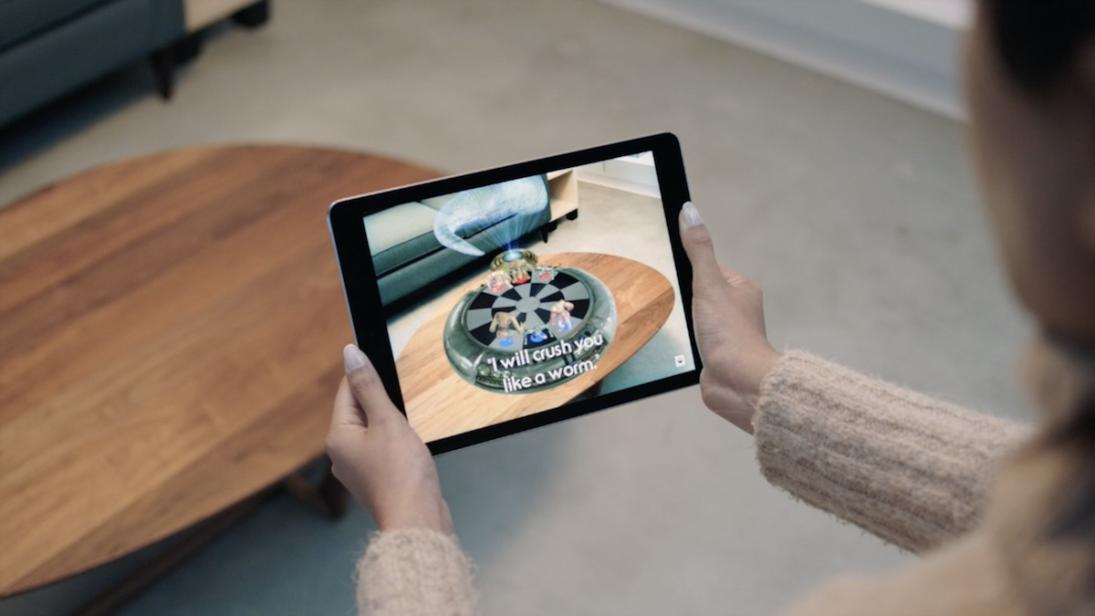What are the Potential Applications of AR in Nursing Education and Training?
Nursing education is undergoing a significant transformation, driven by the need for innovative teaching methods that can effectively prepare students for the demands of the healthcare industry. Augmented Reality (AR), an emerging technology that superimposes digital information onto the real world, holds immense promise in revolutionizing nursing education and training.

Benefits Of AR In Nursing Education:
Enhanced Learning Experience:
- AR provides immersive and interactive learning environments, enhancing the learning experience for students.
- It allows students to visualize complex concepts in 3D, making them easier to understand and remember.
- AR improves retention and engagement, leading to better learning outcomes.
Clinical Skill Development:
- AR simulations offer a safe and controlled environment for students to practice clinical procedures without risking patient safety.
- Students can make mistakes and receive immediate feedback, helping them learn from their errors.
- AR simulations provide step-by-step instructions and guidance, ensuring proper technique and reducing the risk of errors in real-world scenarios.
Collaboration And Communication:
- AR facilitates collaboration among students and instructors, enabling them to work together on virtual projects and simulations.
- It enables remote learning and mentorship, allowing students to access expert guidance from anywhere.
- AR enhances communication and teamwork skills, essential for effective nursing practice.
Potential Applications Of AR In Nursing Education:
Anatomy And Physiology:
- AR models allow students to explore the human body in 3D, visualizing complex structures and their relationships.
- They can interact with virtual organs and systems, gaining a deeper understanding of their functions.
- AR enhances the learning of anatomy and physiology, making it more engaging and memorable.
Pharmacology:
- AR simulations enable students to practice medication administration in a virtual environment.
- They can learn about drug interactions, side effects, and pharmacokinetic and pharmacodynamic principles.
- AR simulations provide a safe and effective way to teach pharmacology, reducing the risk of medication errors.
Nursing Procedures:
- AR simulations allow students to practice various nursing procedures, such as patient assessment, wound care, injections, and more.
- They receive step-by-step instructions and feedback, ensuring proper technique and reducing the risk of errors.
- AR simulations provide a realistic and engaging way to learn nursing procedures, preparing students for real-world practice.
Clinical Decision-Making:
- AR simulations present clinical scenarios and require students to make decisions, simulating real-world situations.
- Students receive immediate feedback on the consequences of their choices, helping them learn from their mistakes.
- AR simulations develop critical thinking and problem-solving skills, essential for effective nursing practice.
Challenges And Limitations Of AR In Nursing Education:
Cost And Accessibility:
- AR technology can be expensive to implement and maintain, posing a challenge for institutions with limited resources.
- Unequal access to devices and reliable internet connectivity can hinder the widespread adoption of AR in nursing education.
Technical Issues:
- AR systems may experience glitches, latency, or hardware failures, disrupting the learning process.
- Technical difficulties can lead to frustration and dissatisfaction among students and instructors.
Lack Of Standardization:
- There is a lack of consistent standards for AR content and platforms, making it difficult to evaluate the quality and effectiveness of AR resources.
- The absence of standardization can hinder the widespread adoption of AR in nursing education.
The Future Of AR In Nursing Education:
Despite the challenges, the future of AR in nursing education is promising. Continued advancements in AR technology and its integration into nursing curricula will lead to more sophisticated and realistic simulations. AR will also play a significant role in remote learning and continuing education, providing nurses with ongoing access to training and professional development opportunities. Collaboration between educators, technologists, and healthcare professionals will be crucial in creating innovative AR-based learning experiences that transform nursing education and training.
Augmented Reality has the potential to revolutionize nursing education and training. Its immersive and interactive learning environments, clinical skill development opportunities, and collaboration and communication enhancements make it an invaluable tool for preparing nurses for the demands of the healthcare industry. While challenges and limitations exist, the future of AR in nursing education is bright, with continued advancements and collaborations leading to transformative learning experiences that benefit students, instructors, and the healthcare profession as a whole.
YesNo

Leave a Reply